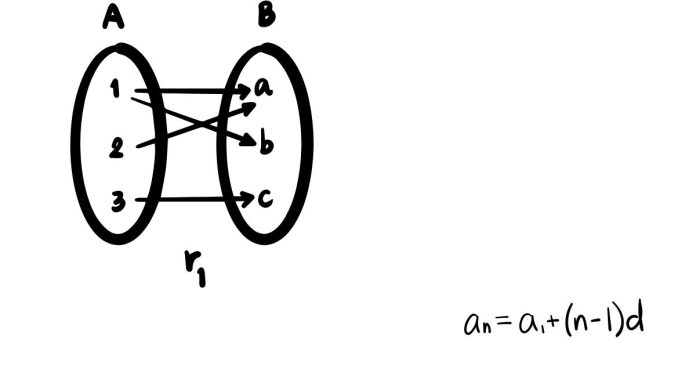I’d be happy to help! It seems like you’re asking for more details or examples of arithmetic sequences. Here’s a quick breakdown of what an arithmetic sequence looks like and a few examples:
What is an Arithmetic Sequence?
An arithmetic sequence (or arithmetic progression) is a sequence of numbers in which the difference between consecutive terms is constant. This constant difference is called the common difference (denoted as dd).
General Form of an Arithmetic Sequence
The nn-th term of an arithmetic sequence can be written as:
an=a1+(n−1)×da_n = a_1 + (n-1)
Where:
- ana_n is the nn-th term,
- a1a_1 is the first term,
- dd is the common difference,
- nn is the position of the term in the sequence.
Example of Arithmetic Sequences:
- Example 1:
3,7,11,15,19,…3, 7, 11, 15, 19…
The common difference is 44, since each term increases by 44. - Example 2:
10,5,0,−5,−10,…10, 5, 0, -5, -10….
The common difference is −5-5, as each term decreases by 55. - Example 3:
1,1,1,1,1,…1, 1, 1, 1, 1, ….The common difference is 00, because every term is the same.
Non-Arithmetic Sequence Example:
An example of a sequence that is not arithmetic would be:
1,2,4,8,16,…1, 2, 4, 8, 16,….
This is not an arithmetic sequence because the difference between each term is not constant. Instead, each term is multiplied by 2 to get the next term (this is a geometric sequence).
To identify an arithmetic sequence from options:
Look at the differences between consecutive terms. If the difference is the same throughout the sequence, then it’s arithmetic.


